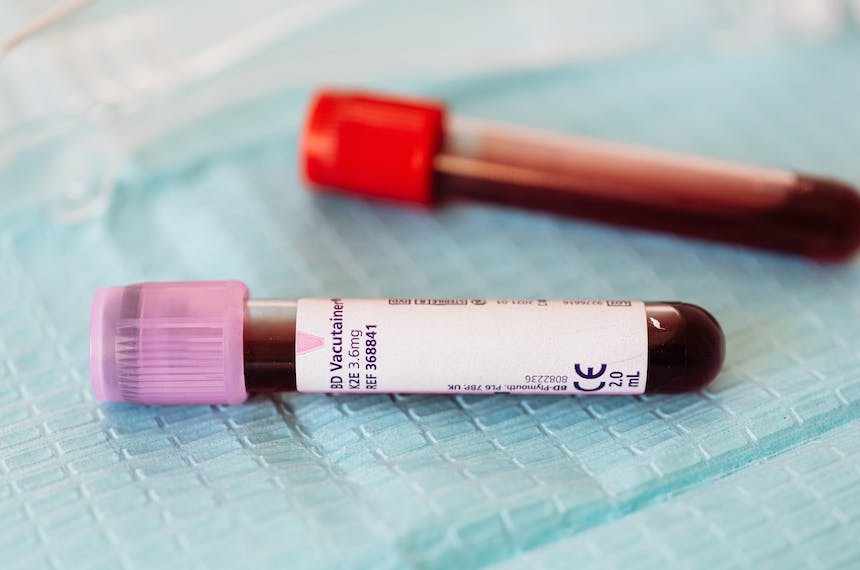
Guillain Barré syndrome
Guillain-Barré syndrome (GBS) is characterized by progressive muscle weakness and diminished reflexes. Key treatment includes plasma exchange or IVIG, and supportive care in ICU or wards is crucial, focusing on respiratory, cardiac, and hemodynamic monitoring. Autonomic dysfunction and pain management are also critical aspects of care. Rehabilitation plays a vital role, and although relapses occur in some patients, treatment options for these cases are less clear.
Guillain-Barré Syndrome (GBS):
Guillain Barré syndrome (GBS) is the acute immune mediated polyneuropathy. GBS is a heterogeneous condition with several forms. These variants include acute inflammatory demyelinating polyradiculoneuropathy (AIDP), acute motor axonal neuropathy (AMAN), acute motor and sensory axonal neuropathy (AMSAN) and Miller Fisher syndrome (MFS). The cardinal clinical features of GBS are progressive, fairly symmetric muscle weakness accompanied by absent or depressed deep tendon reflexes. (1, 2)
Guillain Barré syndrome (GBS) is the acute immune mediated polyneuropathy. GBS is a heterogeneous condition with several forms. These variants include acute inflammatory demyelinating polyradiculoneuropathy (AIDP), acute motor axonal neuropathy (AMAN), acute motor and sensory axonal neuropathy (AMSAN) and Miller Fisher syndrome (MFS). The cardinal clinical features of GBS are progressive, fairly symmetric muscle weakness accompanied by absent or depressed deep tendon reflexes. (1, 2)
Supportive care for patients with GBS is extremely important due to the associated risk of respiratory failure and autonomic dysfunction with potentially severe cardiovascular involvement. (3)
Plasma Exchange and IVIG Treatment
Treatment with plasma exchange or intravenous immune globulin (IVIG) is indicated for most patients with GBS because these treatments accelerate recovery. Plasmapheresis is through removal of circulating antibodies, complement, and soluble biological response modifiers. Plasma exchange is usually given for four to six treatments over eight to 10 days. IVIG has different brands. A suggested protocol for IVIG is with 400 mg/kg/day for 5 consecutive days with premedication with paracetamol 1gm, chlorphenramine , hydrocortisone 100mg IV. (4, 5)
Supportive Care and Monitoring
Supportive care is extremely important in GBS as patients can deteriorate quickly. Many patients are initially admitted to the ICU for close monitoring of respiratory, cardiac, and hemodynamic function. Less severely affected patients can be managed in intermediate care units, and mildly affected patients who are not in a progressive phase can be managed on the general ward with telemetry, along with monitoring of blood pressure and vital capacity every four hours. Supportive care includes prophylaxis for deep vein thrombosis (low molecular weight heparin and support stockings), bladder and bowel care, physical and occupational therapy and psychological support. (6)
Respiratory Management in GBS
espiratory failure in GBS is common, and 15 – 30% of patients require ventilatory support. Thus, close respiratory monitoring with frequent measurement (every four hours) of vital capacity and negative inspiratory force (NIF) should be instituted initially in all patients. Indications for intubation include forced vital capacity <20 mL/kg, maximum inspiratory pressure <30 cmH2O, or maximum expiratory pressure <40 cmH2O. Succinylcholine should be avoided when invasive airway management becomes necessary. (7)
Autonomic Dysfunction in GBS
Autonomic dysfunction is a well- recognised feature of GBS. It occurs in 70% of patients and is a significant cause of mortality. Dysautonomia manifests as tachycardia, urinary retention, orthostatic hypotension, bradycardia, other arrhythmias, ileus, and loss of sweating. Consequently, close monitoring of blood pressure, fluid status, and cardiac rhythm is essential to the management of patients with GBS. For ileus prevention, daily abdominal auscultation to monitor for bowel silence and for treating ileus, erythromycin or neostigmine (2mg IV) may be effective
Cardiovascular Complications
Cardiovascular complications of GBS are an important cause of morbidity. Common manifestations include paroxysmal fluctuations in blood pressure, and tachy and bradyarrhythmias, while less frequent manifestations include myocardial involvement ranging from myocarditis to heart failure. Therefore, cardiac rhythm and blood pressure monitoring for patients in the progressive phase of GBS are important. (9)
Pain Management in GBS
Pain occurs in about two- thirds of patients during the course of GBS. Gabapentin ( 300 mg daily), or carbamazepine (200- 400 mg daily) are beneficial. (10)
Rehabilitation in GBS
Rehabilitation program should emphasize proper limb positioning, posture, and orthotics as well as nutrition. Also, disabled patients should be treated by a multidisciplinary rehabilitation team. Additionally, exercise programs may be beneficial for persistent fatigue. (11)
Management of GBS Relapses
Relapses with increased weakness occur in up to 10% of patients with GBS. Retreating (no more than once) with the same modality (plasma exchange or IVIG) is advisable. However, there are no data from randomised trials to guide retreatment for patients with GBS relapses. (12)
References
1- Asbury, A. K. & Cornblath, D. R. Assessment of current diagnostic criteria for Guillain-Barré syndrome. Ann. Neurol. 1990: 27, S21–S24.
2- Willison, H. J., Jacobs, B. C. & van Doorn, P. A. Guillain-Barré syndrome. Lancet: 2016: 388, 717–727.
3- Kleyweg, R. P. & van der Meche, F. G. Treatment related fluctuations in Guillain-Barré syndrome after high-dose immunoglobulins or plasma-exchange. J. Neurol. Neurosurg. Psychiatry 1991: 54, 957–960.
4- Jacobs, B. C. et al. International Guillain-Barre syndrome outcome study: protocol of a prospective observational cohort study on clinical and biological predictors of disease course and outcome in Guillain-Barre syndrome. J. Peripher. Nerv. Syst. 2017: 22, 68–76 .
5- Van den Berg, B. et al. Guillain-Barré syndrome: pathogenesis, diagnosis,
treatment and prognosis. Nat. Rev. Neurol.2014: 10, 469–482.
6-Hughes RA, Wijdicks EF, Benson E, et al. Supportive care for patients with Guillain-Barré syndrome. Arch Neurol 2005; 62:1194.
7-Lawn, N. D., Fletcher, D. D., Henderson, R. D., Wolter, T. D. & Wijdicks, E. F.
Anticipating mechanical ventilation in Guillain-Barré syndrome. Arch.
Neurol.2001: 58, 893–898.
8-Hund EF, Borel CO, Cornblath DR, et al. Intensive management and treatment of severe Guillain-Barré syndrome. Crit Care Med 1993; 21:433.
9- Ropper AH. Critical care of Guillain-Barre syndrome. In: Neurological and Neurosurgical Intensive Care, 4th ed, Ropper AH (Ed), Lippincott Williams & Wilkins, Philadelphia 2003.
10-Liu J, Wang LN, McNicol ED. Pharmacological treatment for pain in Guillain-Barré syndrome. Cochrane Database Syst Rev 2015; :CD009950.
11-Dhar, R., Stitt, L. & Hahn, A. F. The morbidity and outcome of patients with Guillain-Barré syndrome admitted to the intensive care unit. J. Neurol. Sci.2008: 264, 121–128.
12-Oczko-Walker, M., Manousakis, G., Wang, S., Malter, J. S. & Waclawik, A. J. Plasma exchange after initial intravenous immunoglobulin treatment in Guillain-Barré syndrome: critical reassessment of effectiveness and cost-efficiency. J. Clin. Neuromuscul. Dis, 2010: 12, 55–61.





